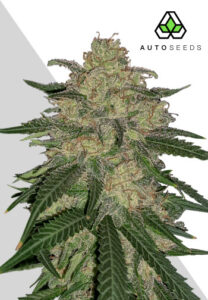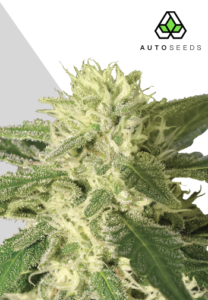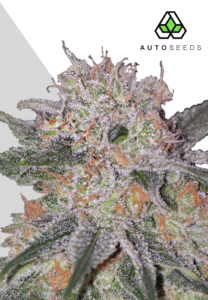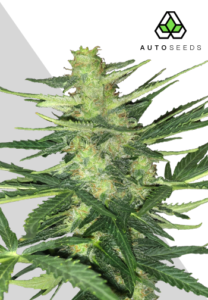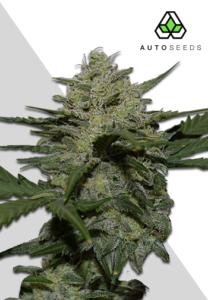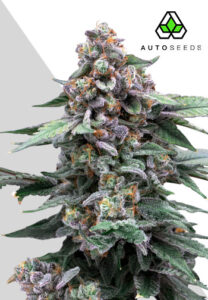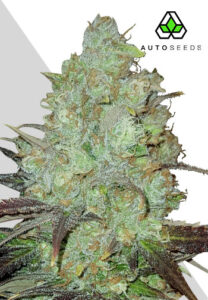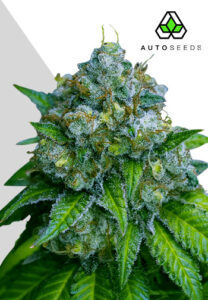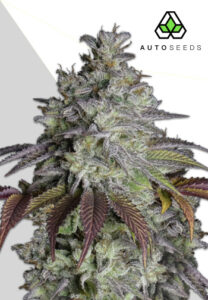
How long do autoflowers flower?
Autoflowers can grow from seed to harvest in as little as 8 weeks, but how much of that time is spent in the flowering stage of growth? This article covers when the flowering stage starts, how to identify it, duration, signs of readiness, the appearance of finished plants, essential nutrients, and the best light cycle for flowering.
How long is the autoflower flowering stage?
Autoflowering strains take 6-10 weeks to flower. Sativa dominant autos take between 8-10 weeks whereas indica dominant autos can be ready after just 6-8 weeks of flowering.
When does the flowering stage start with autos?
Autoflowering plants typically start flowering about 3-4 weeks after germination. This timing is due to their genetic makeup, which does not rely on light cycles to begin the flowering phase. You don’t need to change the lighting schedule for autoflowers; they will start flowering automatically based on their internal timeline. This makes them a convenient choice for both novice and experienced growers.
How to tell if an autoflower has started flowering?
You can tell an autoflower has started flowering when you see small white hairs, called pistils, emerging from the nodes. These pistils are the first sign of bud formation and indicate the plant has transitioned from the vegetative stage to the flowering stage. You may also notice a change in the plant’s growth pattern as it begins to focus on bud production.
How long does the autoflower flowering stage last?
The flowering stage of autoflowers usually lasts between 6-10 weeks. The exact duration can vary depending on the strain and growing conditions. Providing optimal care and maintaining the right environment can help ensure a healthy and productive flowering phase. By the end of this stage, the buds will be ready for harvest, typically around 8-12 weeks from germination.
How do you know when your autoflower is done?
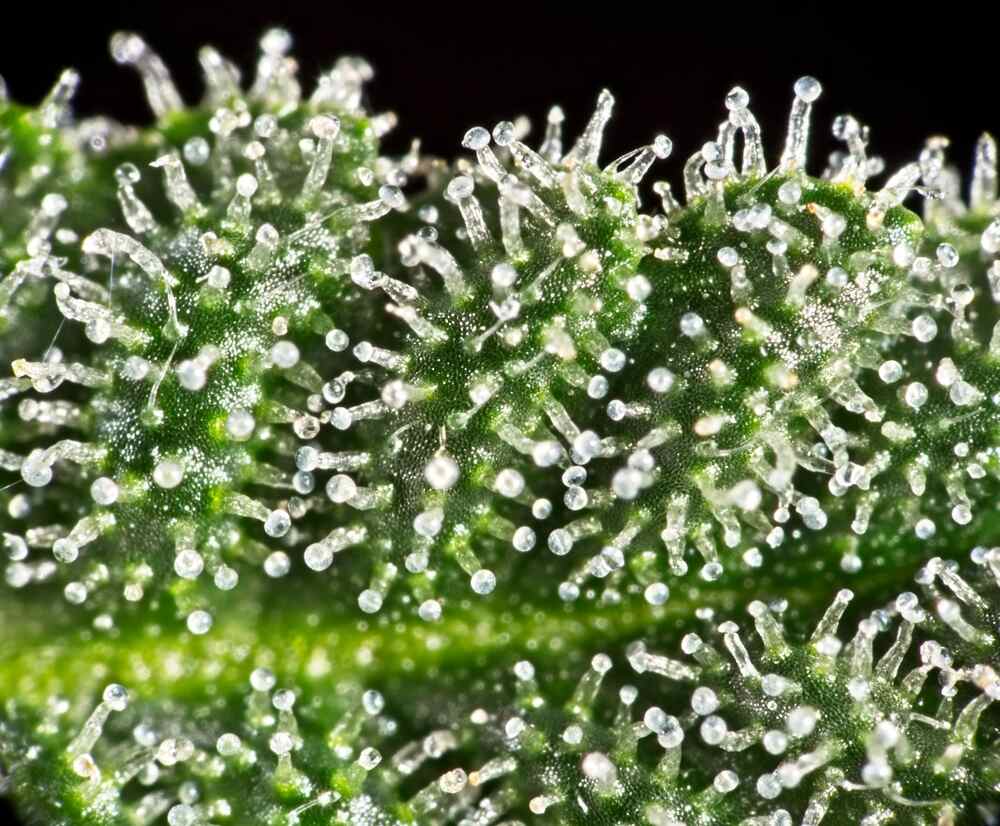
You will know when your autoflower is ready for harvest when the pistils (hairs) curl inwards and turn from white to brown or amber. Another key indicator is the appearance of the trichomes (image above), the tiny resin glands on the buds. Using a magnifying glass or microscope, you can observe the trichomes turning from clear to a milky white and then to amber. Milky trichomes indicate peak potency, while amber trichomes suggest a more sedative effect. Additionally, the overall plant appearance changes as the buds swell and the leaves may start to turn yellow, signaling the end of the flowering stage.
What does a finished autoflower look like?
A finished autoflower typically has dense, swollen buds covered in a thick layer of trichomes, giving them a frosty appearance. The pistils on the buds will have mostly turned brown or amber and curled inward. The leaves of the plant typically begin to yellow and die off as the plant redirects its energy towards forming the buds. This is not to be confused with yellowing leaves which can occur from calcium deficiency. Overall, the plant will look mature, and the buds will feel firm to the touch, indicating they are ready for harvest.
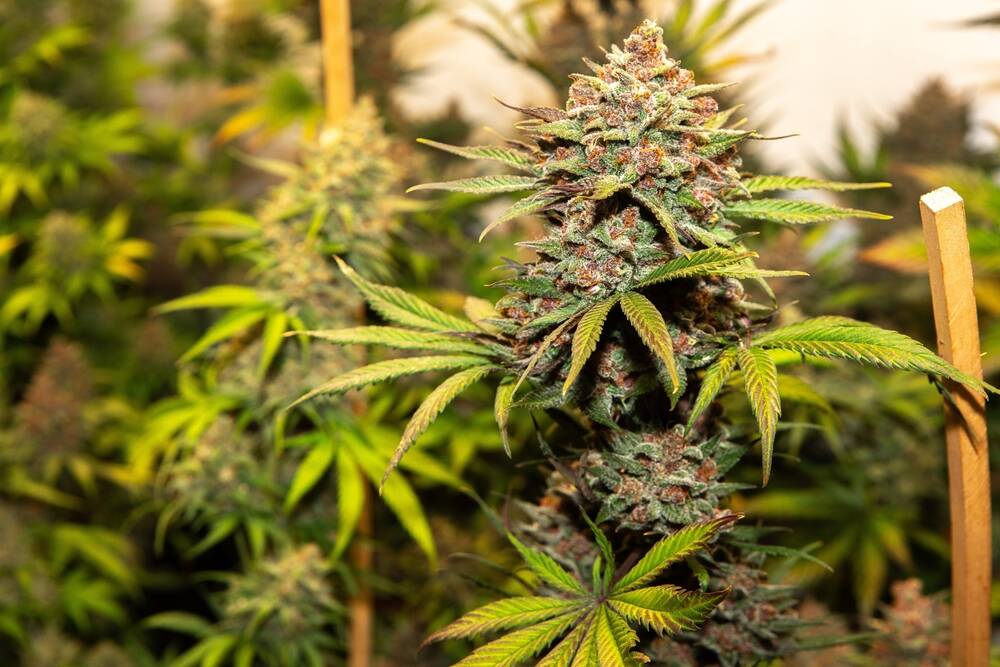
What nutrients should you use during the flowering stage?
During the flowering stage, you should provide nutrients with higher phosphorus and potassium levels to support bud development. A suitable NPK ratio for autoflowers is around 5-10-10 or 5-15-10. It’s important to give them approximately ¼ to ½ of the nutrients you would provide to a photoperiod plant. This balance helps promote healthy flowering while preventing nutrient burn. Ensure the nutrients are specifically formulated for the flowering stage to maximize your autoflowers yield and potency.
What light cycle is best for the autoflower flowering stage?
The best light cycle for autoflowers during the flowering stage is either 18 hours of light and 6 hours of darkness (18/6) or 20 hours of light and 4 hours of darkness (20/4). Autoflowers do not rely on light cycles to flower; they flower based on age. Providing more light hours ensures optimal growth and bud development throughout their lifecycle, from seed to harvest. This consistent lighting helps maximize photosynthesis, leading to healthier plants and larger yields.
Autoflower flowering stage FAQ
Do autoflowers double in size during flowering?
Yes, autoflowers can double in size during flowering, as they undergo a rapid growth spurt to support bud development.
What is the fastest flowering autoflower?
Any of our 45-day autoflowers, including Pink Runtz, Berry Ryder, or Auto #1, are among the fastest, finishing in around 6 weeks.
Should you trim fan leaves during flowering?
You should trim fan leaves during flowering to improve light penetration and airflow but do so sparingly to avoid stressing the plant.

